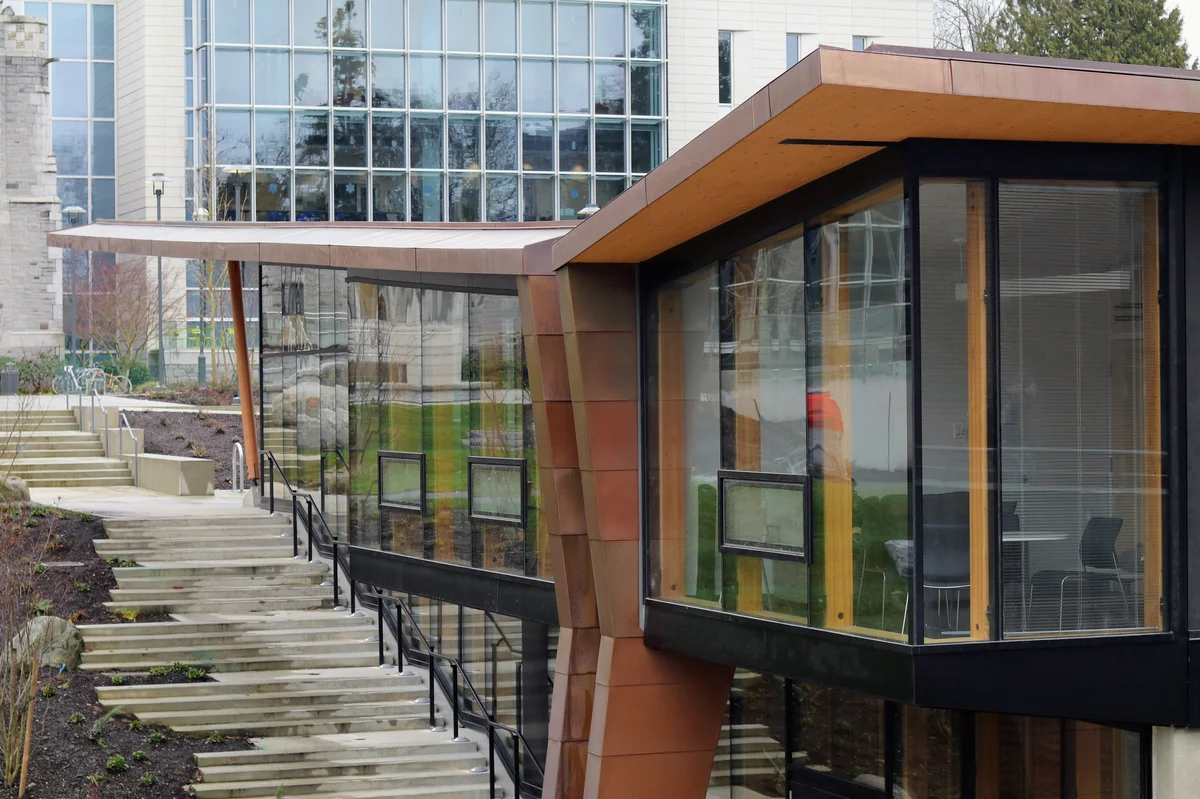
UBC is in the process of developing an Indigenous Strategic Plan that will guide their approach to Indigenous engagement over the next few years. The new plan will replace the university’s former Aboriginal Strategic Plan, which was put in place in 2009.
Since the draft of the plan is still in its consultation process, details about its contents are not yet public. According to Sheryl Lightfoot, acting chair of First Nations and Indigenous studies and co-director of the Institute of Critical Indigenous Studies, the new plan will generally be an update of the older plan that responds to major changes in Canada and the world since 2009, such as the development of the Truth and Reconciliation Commission (TRC) in Canada.
“The idea was not to make any major change in direction, but to be a bit more targeted and help people along in the university to say, ‘we know we are supposed to be responding to the TRC, but what does that actually mean in practice?’” she said.
In 2015, the TRC released their 94 Calls to Action, which were written to address the legacy of Canada’s residential school system. Although their calls are mainly aimed at the federal and provincial Canadian governments, Lightfoot said that UBC, as a public institution, must respond to them too.
Some examples of calls to action in the document include providing funding to increase post-secondary Aboriginal student enrolment, creating degree programs in Aboriginal languages and increasing Indigenous knowledge and teaching methods throughout Canadian classrooms.
The TRC also asks Canada to adopt the UN Declaration on the Rights of Indigenous People, which asks colonial governments to respect Indigenous self-determination, protect Indigenous heritage and achieve socioeconomic equality between Indigenous and non-Indigenous people.
“So we’re responding to all of that, but in a more specific context to UBC,” said Lightfoot.
The plan will be released within a few weeks, likely around the time that the university’s upcoming general strategic plan is released.
Linc Kesler — the director of the First Nations House of Learning and the advisor to President Santa Ono on Aboriginal affairs — suggested that the new Indigenous Strategic Plan will expand on the greater capabilities that the university now has in advancing Indigenous engagement initiatives.
“It’s taking advantage of the fact that the first plan, in some ways, was successful, that we have more to work with now, that we need to think about that and think about how that changes what’s possible to do here.”
He listed extending Indigenous curriculum into more general academic programs and continuing research collaborations with Indigenous communities as two initiatives that the university can expand on.
In the Aboriginal Strategic Plan from 2009, UBC pledged itself towards removing structural barriers for the enrolment of Indigenous students, providing adequate support for Indigenous students, expanding on its Indigenous curriculum, supporting research that benefits Indigenous communities, and further developing its relationships with the Musqueam Indian Band and the Okanagan Nation Alliance.
Both Lightfood and Kesler agree that significant achievements have been made since 2009. Lightfoot cited the growth of Indigenous academic programs and the increased numbers of Aboriginal students and professors as successes of the plan. Likewise, she credited other initiatives such as the development of the upcoming Indian Residential School History and Dialogue Centre and the raising of totem poles on campus as having a positive effect on the university community and Indigenous engagement.
“We are making significant inroads, and we want to keep doing what we’re getting really good at.”
Kesler also credited the plan with increasing dialogue about Indigenous issues.
“The other success of the plan, I think, was to really encourage … people much more broadly to think about things that they probably had not thought about before — Indigenous history being one of them — and what that actually means in contemporary context,” he said.
He claims that Indigenous visitors to the campus have taken note of this shift.
“They really feel that, in some really important ways, the campus is a different place in their experience of it, and they see a kind of different way of addressing issues and thinking about things here than it was here previously.”
However, Lightfoot acknowledged that there’s much more work that the university has to do. She pointed to the expansion of Indigenous content throughout various faculties as something UBC still needs to work on, although she admits the process on this hasn’t been easy.
“I know there’s a hunger to do it, but it seems like a mystified thing for most people,” she said. “And so a lot of the faculty that even have their hearts in that direction are struggling with the ‘how,’ and they want concrete actions and concrete where the answers aren’t always so simple.”
She also noted the need for more Indigenous professors on campus.
“The problem is, there still isn’t a big cohort of Indigenous professors to recruit here. So in some sense, we have to develop them and almost grow them ourselves so that we have people to hire to teach those courses and how to get out that content.”

